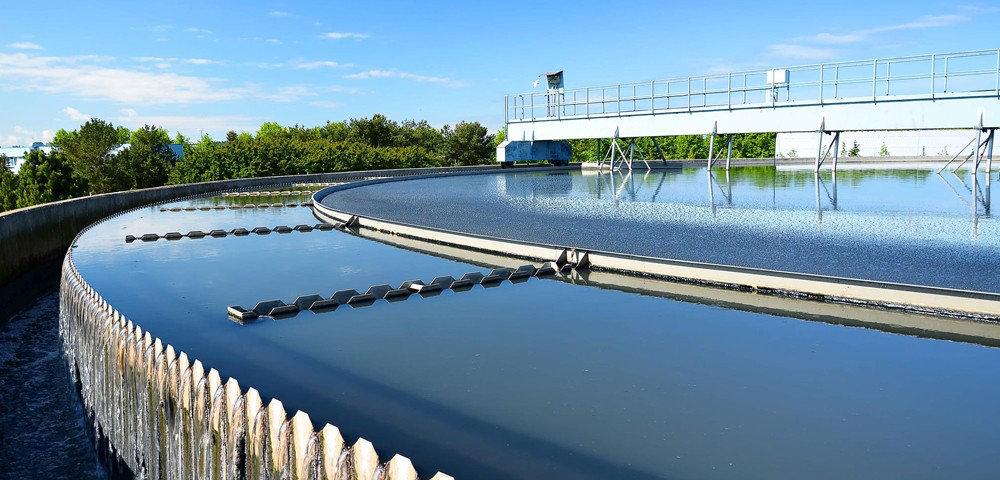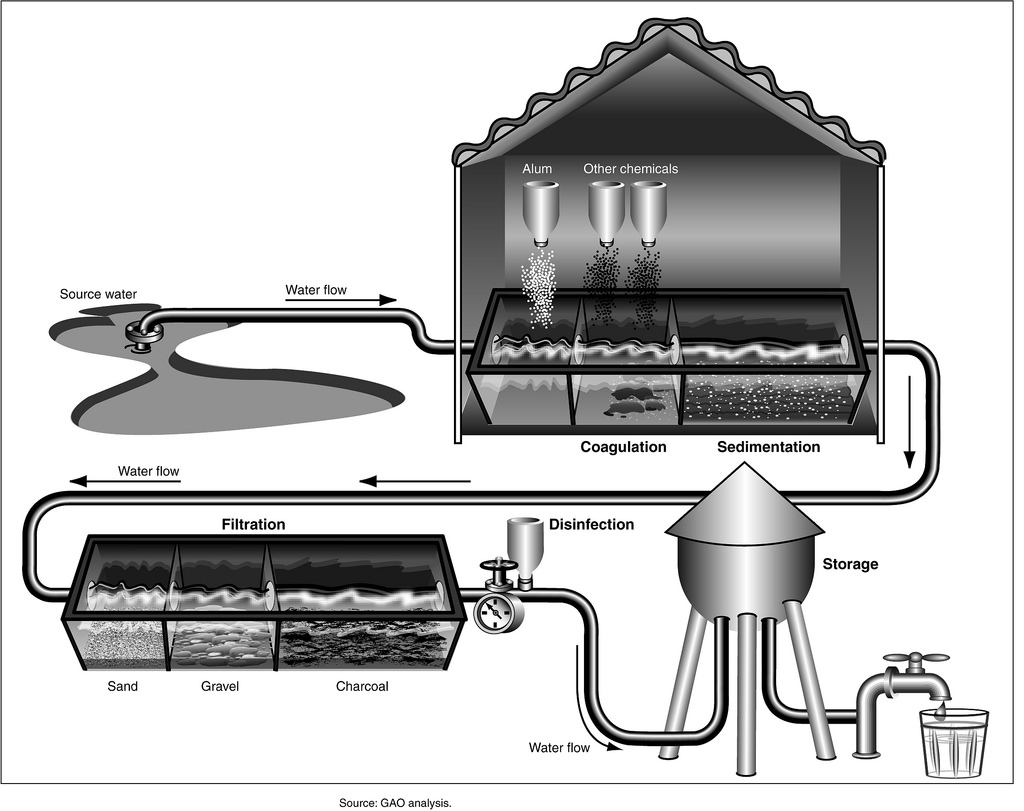Wastewater Chemical Treatment Processes
Perhaps one of the most important nutrient in our diets, Water is needed to be consumed by human adults every day, approximately to 2 liters. Our requirement for drinking fresh water is not usually met by the water resources that are available to us. Water containing large amounts of industrial waste or agricultural chemicals can also be toxic and unfit for drinking. Hence, humans have a great need for a reliable source of clean freshwater for drinking.
Chemicals are used during wastewater treatment in an array of processes to expedite disinfection. Chemical unit processes are those chemical processes, which include chemical reactions with biological and physical cleaning processes to achieve clean water. Chemical coagulation, chemical precipitation, advanced oxidation, ion exchange, chemical oxidation and chemical neutralization and stabilization are applied to wastewater during cleaning.

Coagulation/Flocculation/Sedimentation
Chemical flocculation is the process where the wastewater particles aggregate during destabilization of toxic particles. Fine solid particles dispersed in wastewater carry negative electric surface charges, which prevent them from forming larger groups and settling. Chemical coagulation helps to destabilize these particles by introducing positively charged coagulants that then reduce the negative particles charge. And thus the particles freely form larger groups, after which an anionic flocculant is added to the mixture. After which the flocculant reacts with the positively charged mixture, to either neutralize the particle groups or to bind them into larger groups. The particles are removed by sedimentation from the mixture.
Filtration
The process that removes the remaining toxic particles from the water supply is called filtration. Filtration removes remaining particles from the water supply. Those particles may include silt, natural organic matter, iron and manganese, and microorganisms. Filtration clarifies water and improves the effectiveness of disinfection.

Disinfection (Chlorination)
Chlorine-based disinfectants are the most effective to ensure that the microbes are killed. Hence after coagulation, flocculation, sedimentation, and filtration, water is disinfected to provide residual protection against biological contamination in the water distribution system.
8th World Congress on Chemistry & Organic Chemistry | October 22-24, 2018 | Frankfurt, Germany | http://chemistry.alliedacademies.com/
Waste Water | Water Treatment | Chemistry | Chemists | Chemical Treatment | Congress | Conference | Frankfurt | Germany | October | Coagulants | Filtration | Sediments | Disinfectants | Flocculants | Contamination | Water Distribution | Residuals | Disinfection | Microbes | Toxins |
Comments
Post a Comment